On June 16, Iran’s Economic Security Police announced that a ban on futures trading in foreign currency, gold and other precious metals had come into effect in Iran.
Deputy police chief Brigadier General Sohrab Bahrami said officers had arrested 31 “profiteers” running illegal futures dealerships. From now on, he said, all such business was considered gambling and therefore illegal, and participants would be charged with “disrupting the national economic system”.
The price of the US dollar had broken an historic record on Sunday, June 11 and has been on a downward trajectory since, attributed by analysts to emergency actions taken by the Central Bank. It was the Central Bank that green-lit the ban on futures trading on the open market, also warning that any violators could expect “harsh punishments”.
Futures Trading in Iran: A Perpetual Gray Zone
Futures trading in foreign currency and gold in Iran essentially involves bets placed between traders made at the end of the day’s trading on the prices the following day, or on another specific future date. Usually, in such deals, no currency or gold changes hands; the differences are sent or received in Iranian rials.
The recent announcements have formally criminalized the practice, but in fact it never had the approval of Iran’s authorities to begin with. The Economic Security Police has sought to root out and make examples of futures traders on various pretexts for years.
In the absence of an official regulator, the currency, gold, silver and precious metals futures market was only ever “regulated” by the level of trust in traders themselves – and, of course, by guarantees from the major players.
Until recently, the Central Bank had always considered the futures market “unofficial” and not part of its remit. But according to Ahmad Araghchi, a former deputy governor of the Central Bank for currency affairs, after the “shock” of rising foreign currency prices in late 2017 and early 2018, the Supreme National Security Council allowed the Central Bank to intervene.
The initial intervention lasted for just 16 days. During this time, the bank injected around US$150 million into this “gray market” in a bid to at least partially stabilize it.
This initiative ended badly for both Ahmad Araghchi and Valiollah Seif, the then-governor of the Central Bank. During a period of unprecedented, high-profile “corruption trials” during Ebrahim Raisi’s tenure as Chief Justice, both were arrested in summer 2018 and later sentenced to 10 years in prison for “illegal practices” in managing foreign currency.
Like many others jailed during that period, both saw their sentences overturned by the Supreme Court in December 2021. The court found they had merely been following the government’s policies at the time, and therefore could not be guilty of any offence.
How far the Central Bank is allowed to intervene in the market, then, has never been concretely established. Its capability for enforcing any new prohibitive action is also in doubt, given the relative ease and anonymity with which would-be investors can organize online and on social media. Nevertheless, for the time being at least, the ban seems to have stopped the vertiginous rise in the price of the dollar, which had passed 33,000 tomans on June 11.
A Multi-Pronged Intervention
The main question for Iranian currency market analysts now is how long the Central Bank and Economic Security Police can sustain the ban on speculative dealing. But the bank has also deployed other strategies, including once again injecting more foreign currency into the market.
This time, the governor and officials did so with the approval of the heads of all three branches of the government – the President of Iran, the Speaker of Parliament and the Chief Justice – who granted the bank a free hand for “unlimited” intervention via the Supreme Council for Economic Coordination. Any fears of meeting the same fate as Araghchi and Seif in 2018 are therefore banished, for the time being at least.
In a bid to encourage the same, the Iranian National Tax Administration has also announced that regardless of the amount, no tax would be levied on the foreign currency that Iranians brought back to the country from abroad.
The Central Bank has taken several other steps, including allowing licensed exchange offices to resume buying and selling foreign currency. This allows more dollars to enter the market to hopefully keep stabilizing the exchange rate.
The other step taken by the Central Bank has been to start holding regular meetings with major stakeholders, including firms exporting petrochemical products and other commodities made in Iran, as well as businesspeople active in the currency, gold and metals markets.
The success of these new policies will depend in large part on whether currency holders trust the government and the Central Bank. If there is an optimism deficit, many may prefer to keep doing what they have been doing up until now, instead of buying into a more regulated system.
Separately, the government is also taking steps to better supervise and control the demand side of the market. This includes the clampdown on futures traders and those accused of artificially increasing demand to drive up prices, and curbing third-party websites’ ability to announce what those prices are.
What Does the Future Hold?
Fluctuations in the open currency, gold and precious metals markets are one manifestation of an ongoing battle between two opposing forces: fear and expectation of inflation, and the multitude of worries about the economic future of Iran, versus the ability of the Central Bank to effectively intervene.
The most important variable, apart from trust, is how big Iran’s foreign currency revenue is going to be and how much of it can be brought into the country in the months and years to come. Without clear answers to these questions, stability in the currency market will remain elusive and the cycle observed throughout the past decade will keep repeating.
visit the accountability section
In this section of Iran Wire, you can contact the officials and launch your campaign for various problems






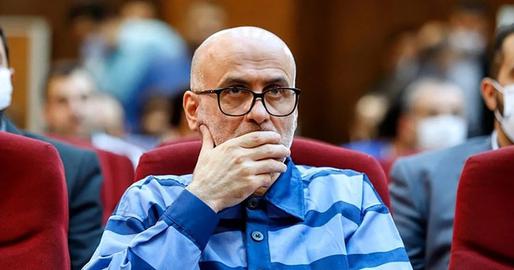
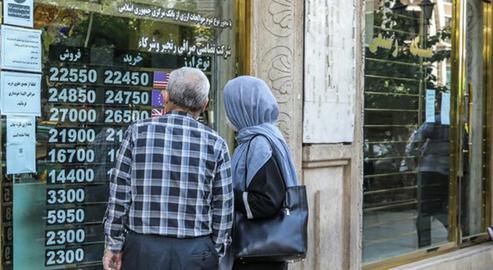
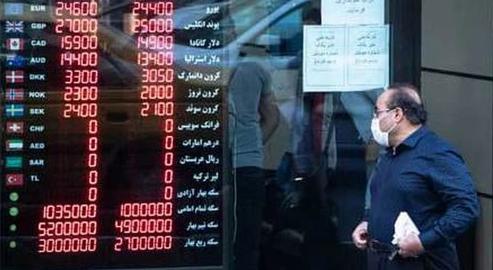
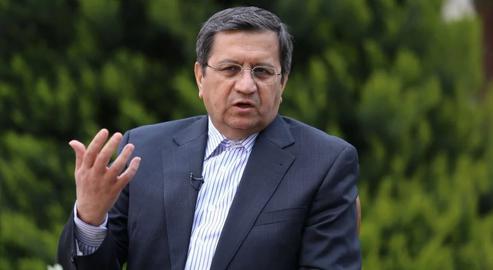










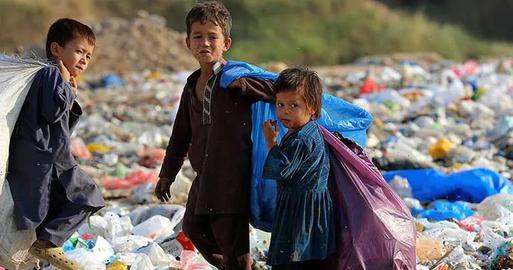
comments